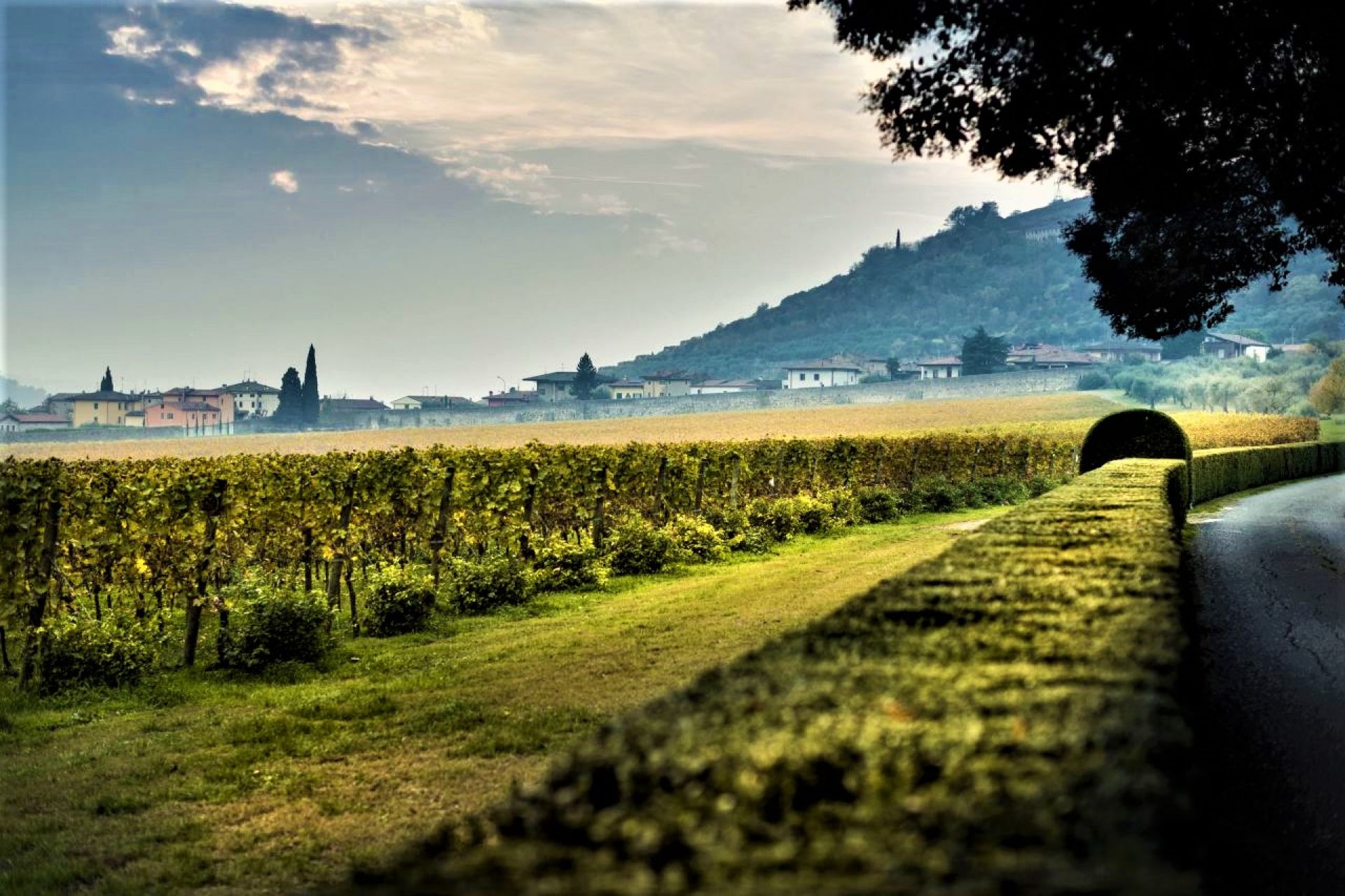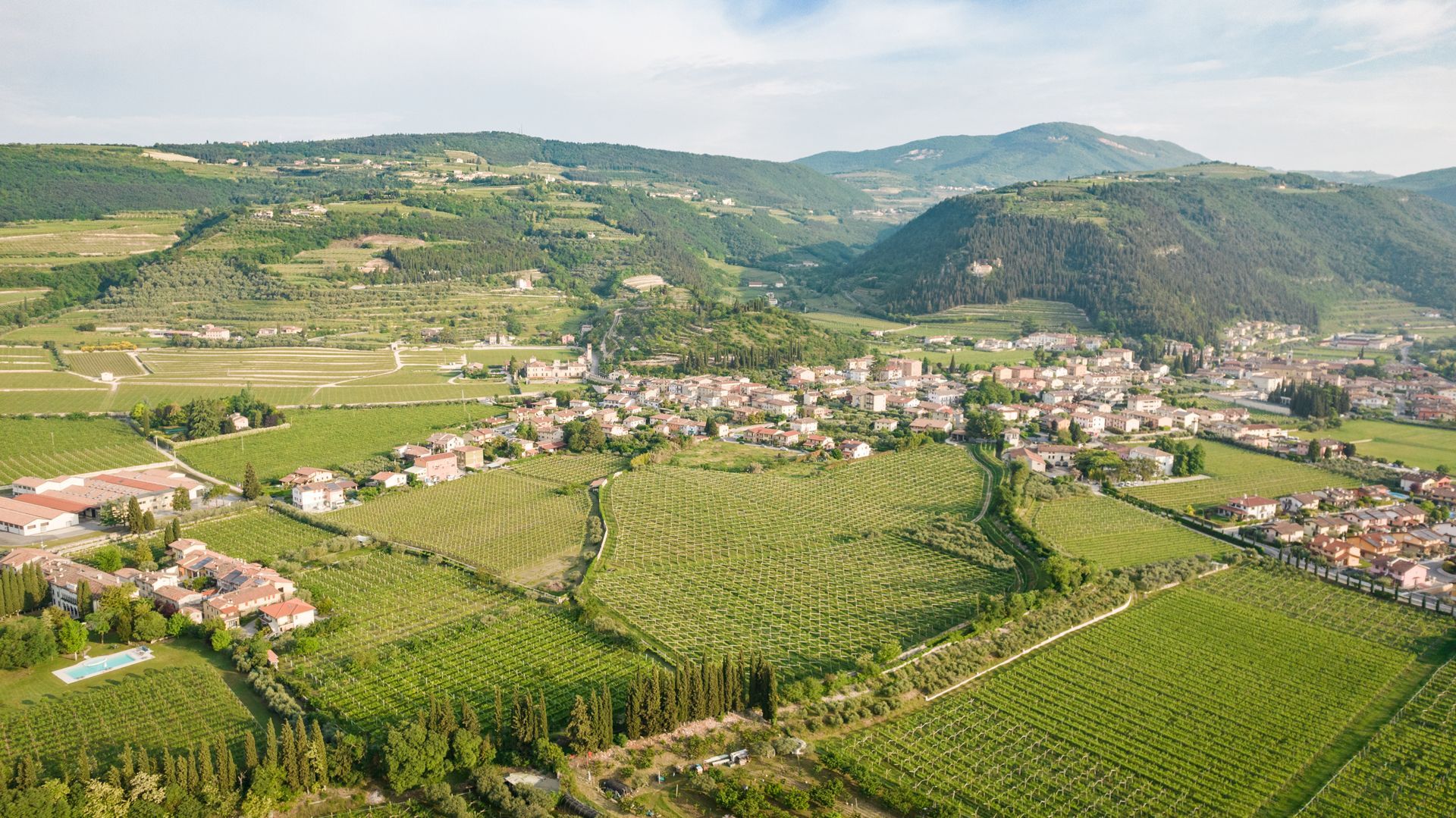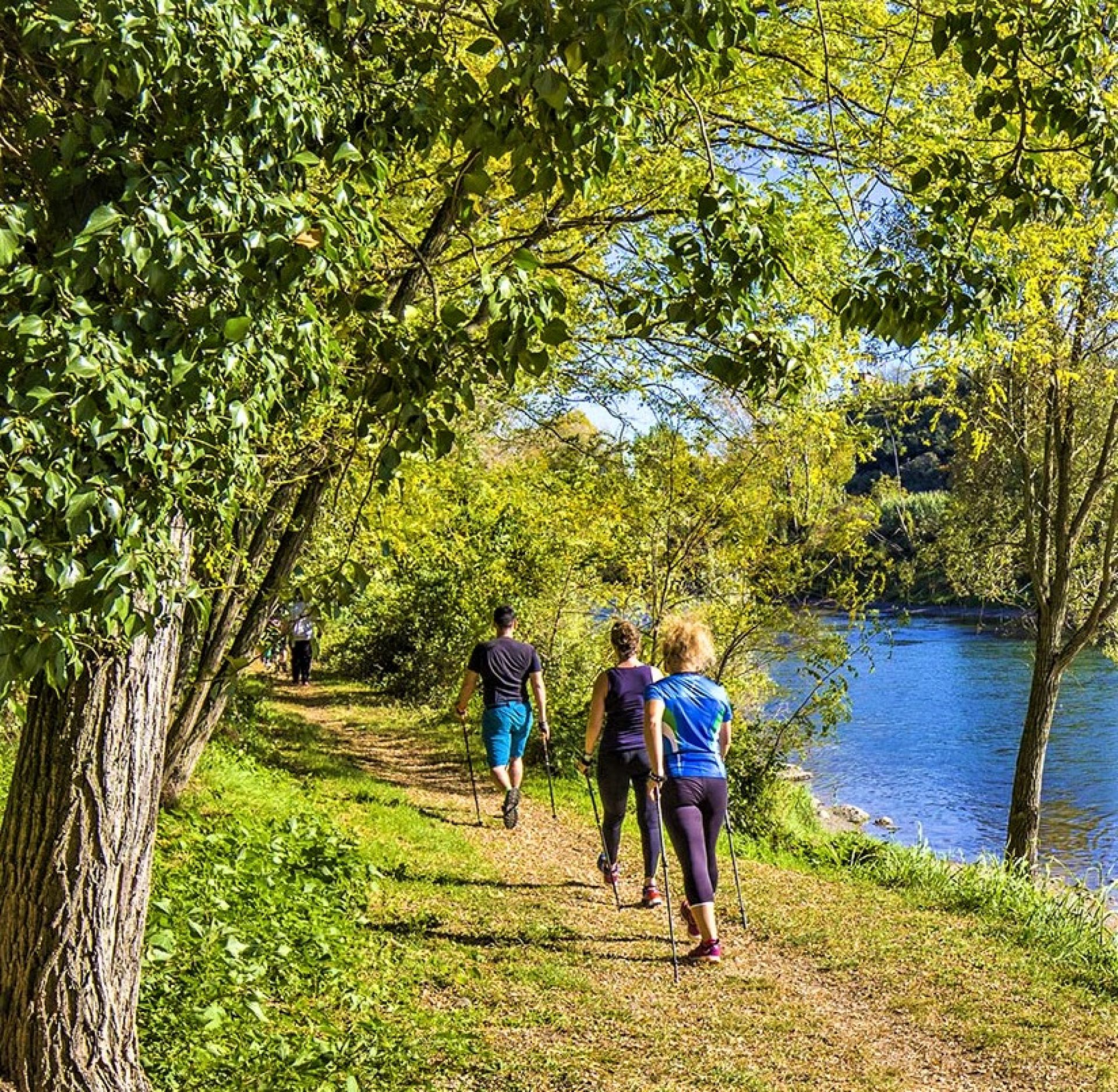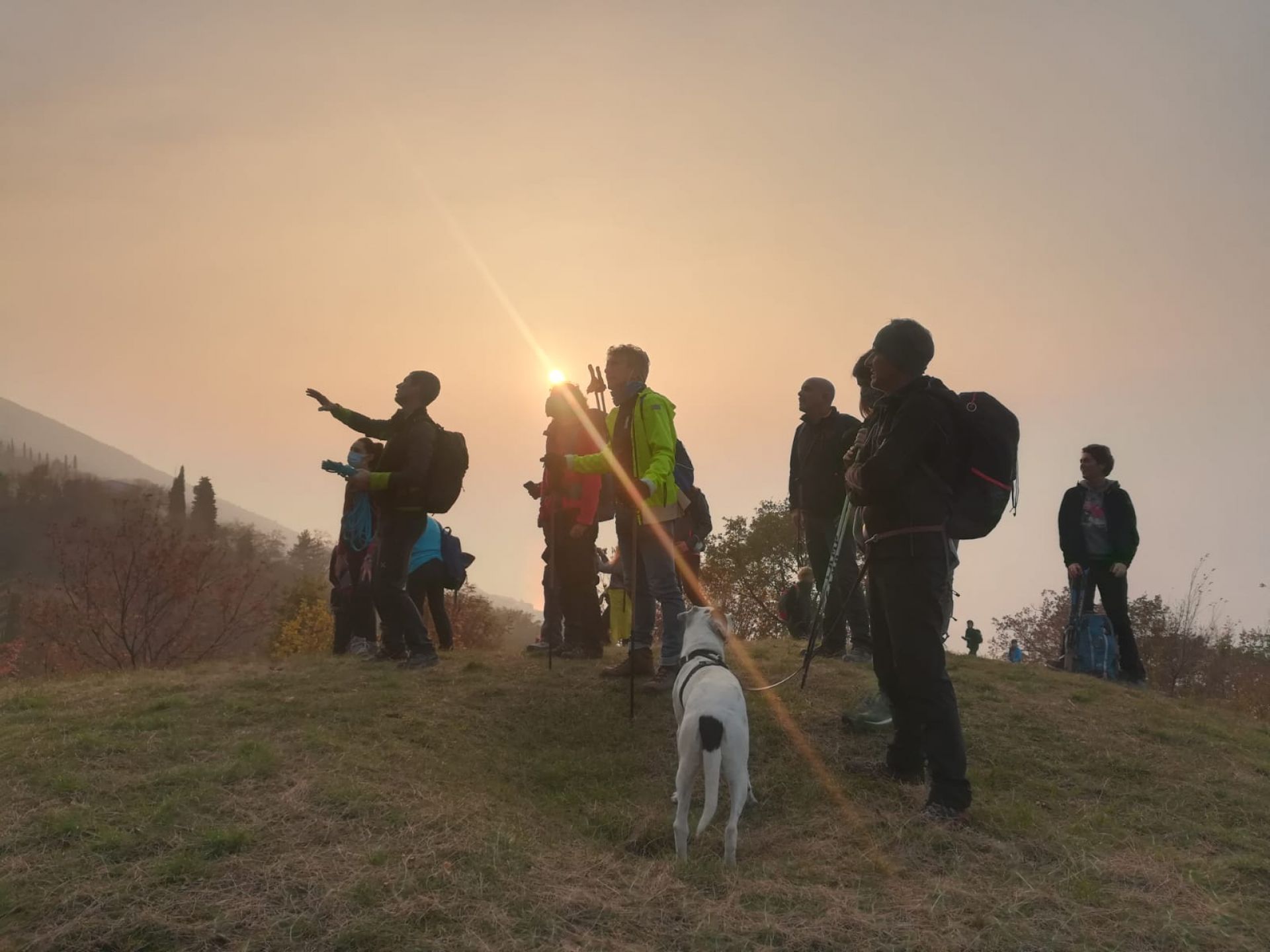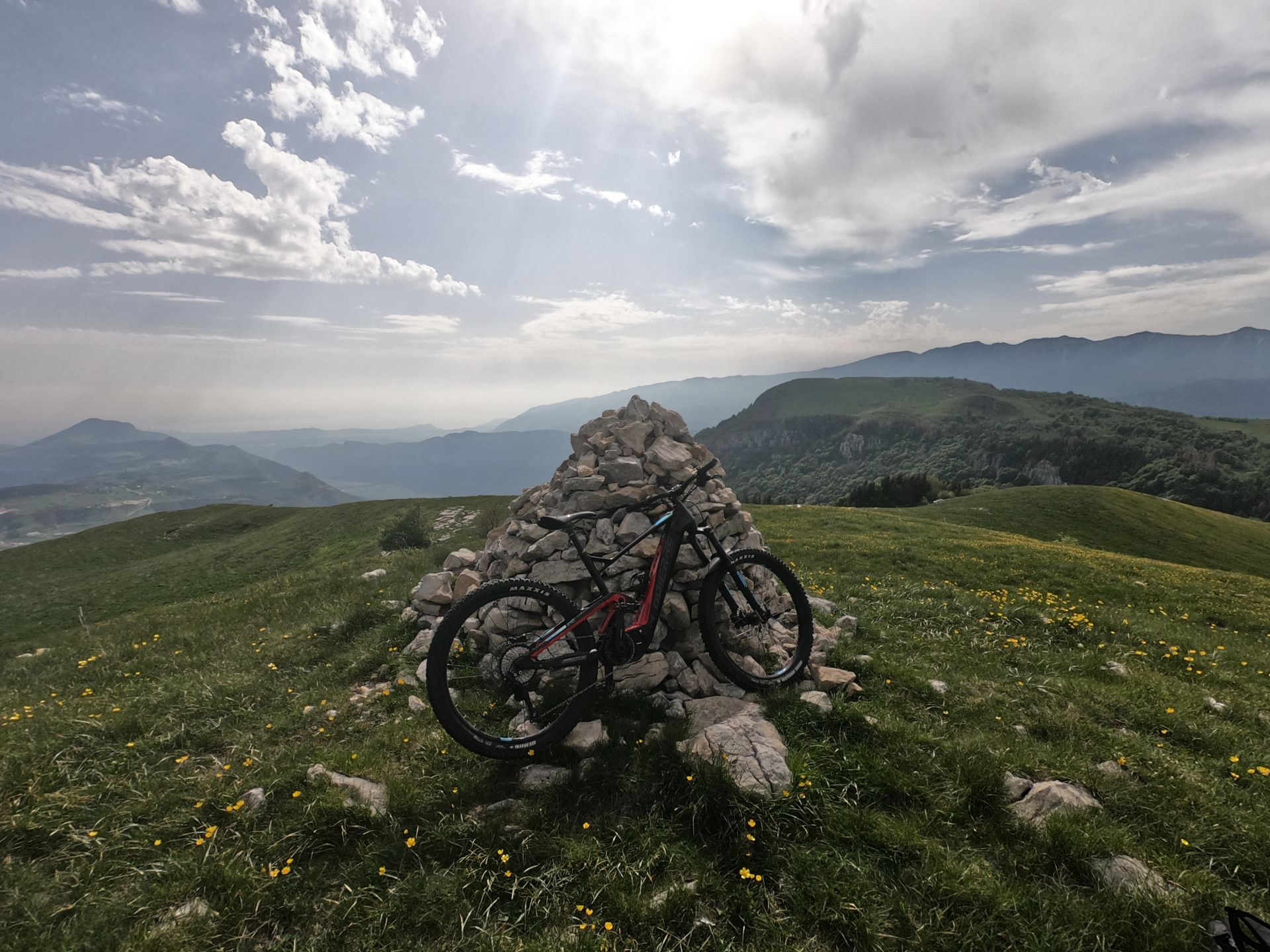LIVING AND GETTING TO KNOW SAN PIETRO IN CARIANO THROUGH ITS PATHS
the green path of Bure, between villas and fairytale locations!

The route develops starting from the car park north of the parish church of San Martino, descending from the paved road until reaching Villa Buri-Avanzi; turning left towards Ambrosan (where remains of an ancient Roman villa have been found, with annexed ruins of what is supposedly a building dedicated to the drying of agricultural products) you reach Villa Consolo-Girardi then right along the wall that delimits the brolo of the villa, following the homonymous street and on the right again via delle Ruine which brings us back to Villa Buri-Avanzi. Then following the indications,
cross a residential area and join the sports facilities after a crossing, you will reach the historic Piazza San Giuseppe in the capital (TANGENZA POINT WITH ITINERARY 1).
Continuing uphill along via Chiesa you reach the neoclassical Villa Cristani-Trezza-Cometti, passing in front of the parish church go down to the right towards Cariano and from here, following a road through the vineyards, you reach (after a second crossing) the village from Bure.
After passing a washhouse in local stone and some restored courtyards, a road that then becomes a sheep track leads us to the core of Bure Alto. Here we pass through a rural courtyard flanked by the ranks of old houses; we follow to the right the panoramic road that brings to intercept the municipal one that climbs to the locality Montenar where it introduces him in
its splendor the villa Montanari-Bonamico; at the capital we turn left using the passage in the wooden fence; the path that climbs partly along the brolo of the villa takes us to the highest point of our route on the border with the municipality of Fumane.
Our route descends with a splendid view first on the north side and then on the south eastern side of Valpolicella; from here you can grasp the landscape of the valley very well, where the fine vineyards alternating with rural settlements are evident. Walking along the stone walls, among vineyards and olive trees, you then descend to the parking lot and to the starting point
Villa Buri: is a private property that cannot be visited. It was given as a fief to the De Buris family in 1200, after being owned by the Abbey of San Zeno. The oldest part is a Roman tower which has remained intact over the centuries and has been restored several times. The door is very high and allowed the entry of men on horseback. Together with the tower, this detail made us think that the function of the building was that of a lookout. The walls and round windows visible from the porch are medieval. "
Villa Cristani-Trezza-Cometti: it is a private property that cannot be visited. The building is of neoclassical style and can be dated between the late eighteenth and mid-nineteenth centuries.
A high wall surrounds the property and for a stretch runs alongside the public road. The complex consists of a central stately building, from which two concave wings open. The main building has a central forepart, in which the entrance opens, with an arched door. Above the entrance runs a frieze on which the loggia of the floor rests
noble. This loggia takes up the structure of the temple in antis: two fluted columns, between two wings of the wall, also fluted, which extend the side walls of the cell. This forepart, beyond the eaves ledge, ends with a soft stone gable, without pediment, which takes up the work of the frieze.
On the sides of the main building, two concave wings run, embracing the small one
front court. Lower than the central building, they end with a pediment.
On the back, the villa gains one floor, thanks to the slope of the land, then from the classic three floors, ground, noble and attic, it passes to four. Although it is present on the main floor
a semicircular terrace, the back of the building remains rather anonymous. It is on this side of the complex that the garden and the vineyard extend.
The interiors are decorated with typical elements of the late eighteenth century, early nineteenth century: stuccos, geometric, floral and naturalistic representations
Villa Montanari-Bonamico: it is a fourteenth-century structure, which cannot be visited either. At the north-west corner a rustic dovecote tower hinges, in which the oldest nucleus of the complex that in the Scaliger era was part of the system defensive sighting and warning of danger around the city of Verona ..
The sixteenth-century rebuilding is in all probability attributable to the Montanari, who in the first sixteenth century succeeded the Buri in the possession of the lands belonging to the church of San Micheletto.
In the first decade of the nineteenth century, the villa was still owned by the Montanari family, but was subsequently passed on to the Austrian state, then to the Bonamicos. It is now owned by the Nicolis wine entrepreneurs.


















